Home > Climate News >
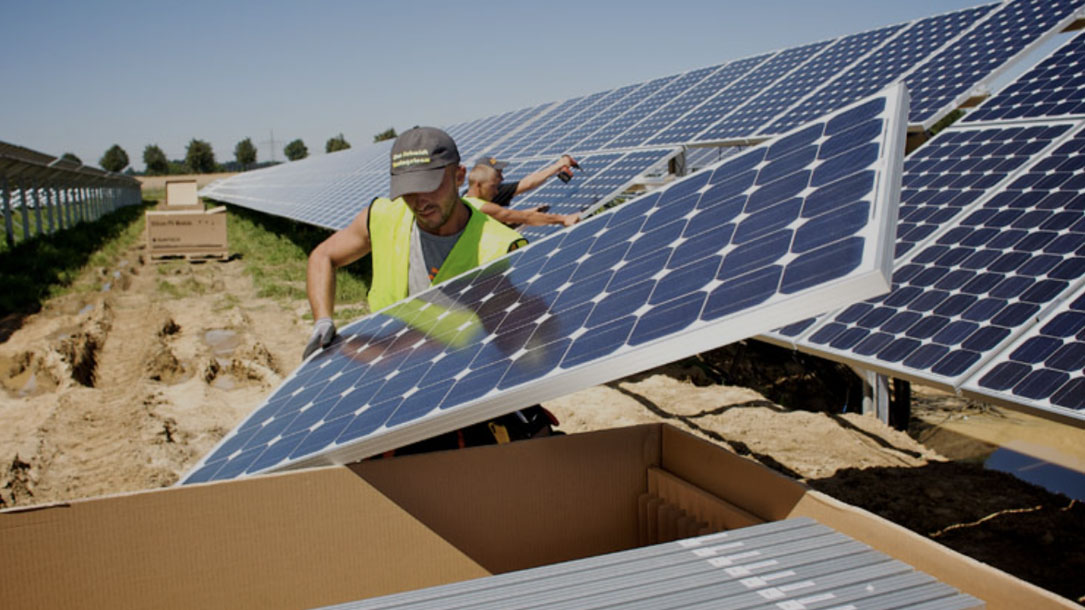
The Inflation Reduction Act is a game changer for nonprofits seeking solar + storage
The Inflation Reduction Act (IRA) has been signed into law. While the IRA is one of compromise, some good and some not-so-good, its impact on the energy sector is significant. For Clean Energy Group’s Resilient Power Project and its partners, the IRA will significantly influence nonprofits seeking to develop solar PV and battery storage (solar+storage) solutions in low-income communities by removing barriers to accessing significant federal tax incentives.

The Great Exhaustion: long-lasting pandemic effects
If you are feeling exhausted, and you are not quite sure why, you are not alone. At least once a week, I hear from patients and colleagues alike that “I am just so bone-tired, and I don’t know why.”
While I am not aware of the numbers and official statistics nationwide, I personally know many individuals who have at this point needed to take time off from work under the Family and Medical Leave Act due to COVID-19-related mental health difficulties.
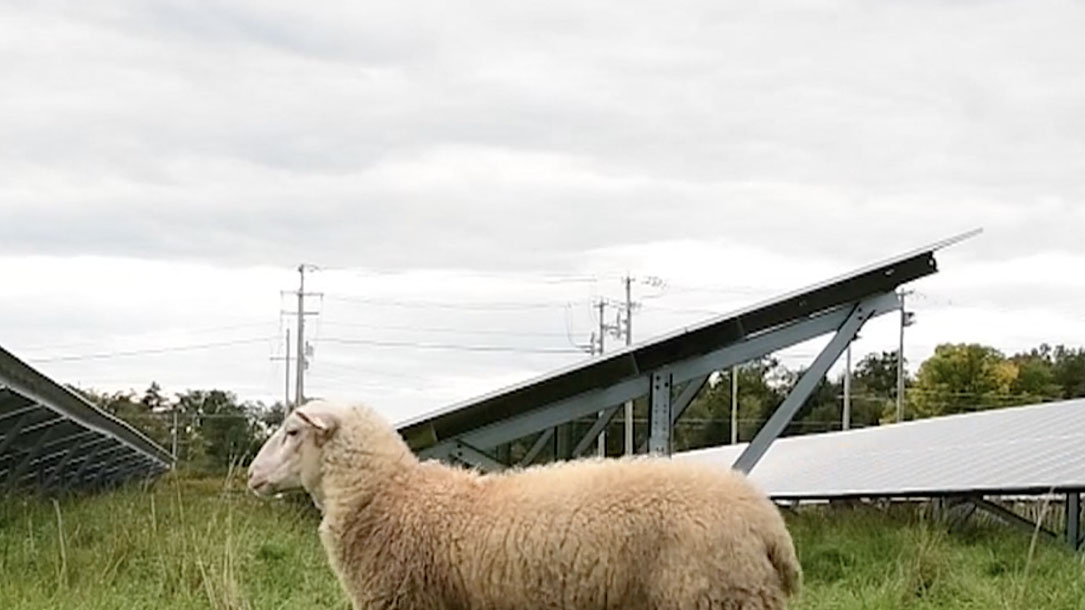
Bees, sheep, crops: solar developers tout multiple benefits
Silflower was among native plants that blanketed the vast North American prairie until settlers developed farms and cities. Nowadays confined largely to roadsides and ditches, the long-stemmed cousin of the sunflower may be poised for a comeback, thanks to solar energy.
Researchers are growing silflower at nine solar installations in the Minneapolis area, testing its potential as an oilseed crop. The deep-rooted perennial also offers forage for livestock and desperately needed habitat for bees, butterflies and hummingbirds.

Europe melts under Sahara heat wave, smashes heat records
Even ice cream, Italian gelato or Popsicles couldn’t help this time.
Temperature records that had stood for decades or even just hours fell minute by minute Thursday afternoon and Europeans and tourists alike jumped into fountains, lakes, rivers or the sea to escape a suffocating heat wave rising up from the Sahara.
On a day that no one on the continent will ever forget, two potential drug dealers in Belgium even called the police, begging to be rescued from the locked container they managed to get themselves trapped in.
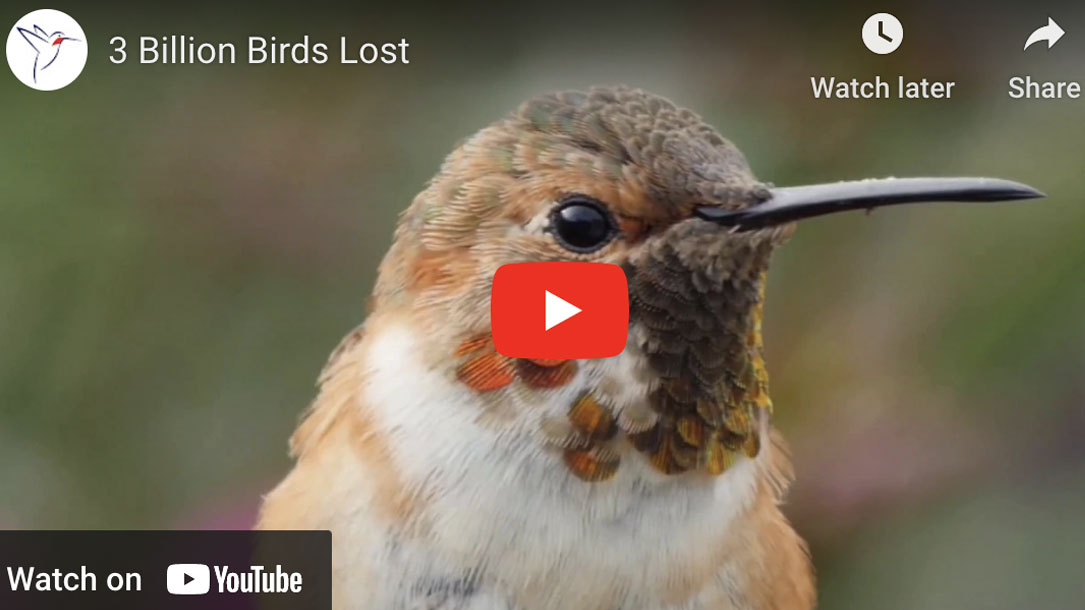
Nearly 3 billion birds gone
The first-ever comprehensive assessment of net population changes in the U.S. and Canada reveals across-the-board declines that scientists call “staggering.” All told, the North American bird population is down by 2.9 billion breeding adults, with devastating losses among birds in every biome. Forests alone have lost 1 billion birds. Grassland bird populations collectively have declined by 53%, or another 720 million birds.
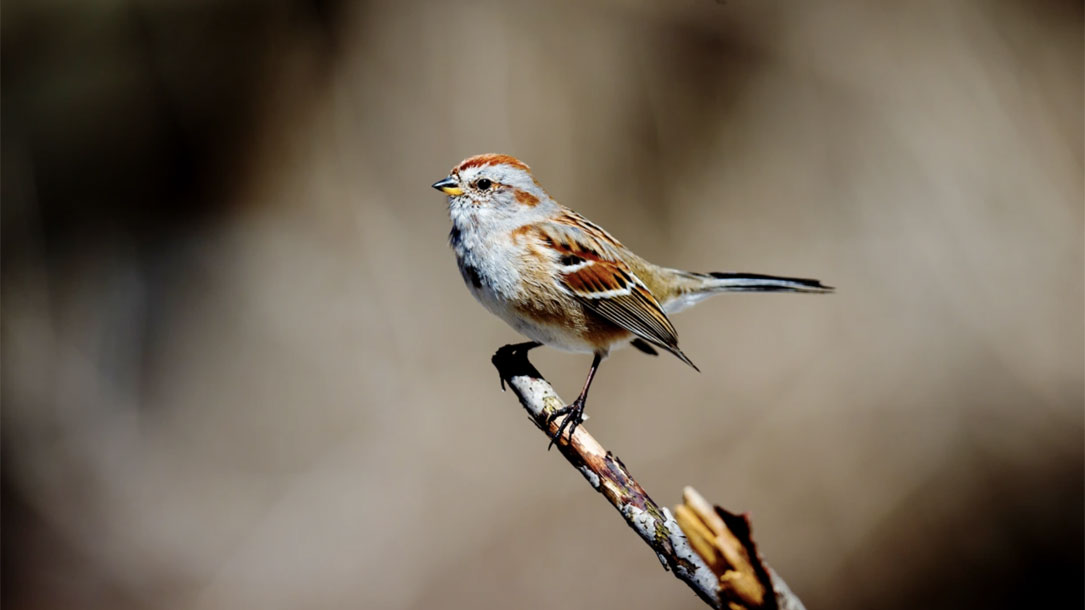
Just hearing or seeing birds can boost our mental health, new report suggests
“Our main finding is that there is a time-lasting association between seeing or hearing birds and improved mental well-being,” said the study’s lead author, Ryan Hammoud, a PhD candidate and a research assistant at the institute of psychiatry and psychology and neuroscience at King’s College London…

Messaging guru offers list of words to use (and avoid) to build support for climate solutions
As a messaging expert, Luntz is now offering his advice on how activists should talk about the problem of climate change and solutions including clean energy, featuring his version of the ever-popular list of “words to use and lose”…

Agrivoltaic solar tracker uses cables instead of buried steel
The Suntracker system is suspended by cables, rather than mounted on steel driven into the ground, providing what the company says is the lowest levelized cost of energy (LCOE) for high-clearance solar. Rute reports that by using cables rather than steel foundations, steel use is reduced by as much as 30%.
Another advantage of the cable system is that the land does not have to be disturbed in order to install the system, which is a benefit in the agricultural industry. It also enables the land to be returned to its original condition in the event that the solar installation were to be removed…
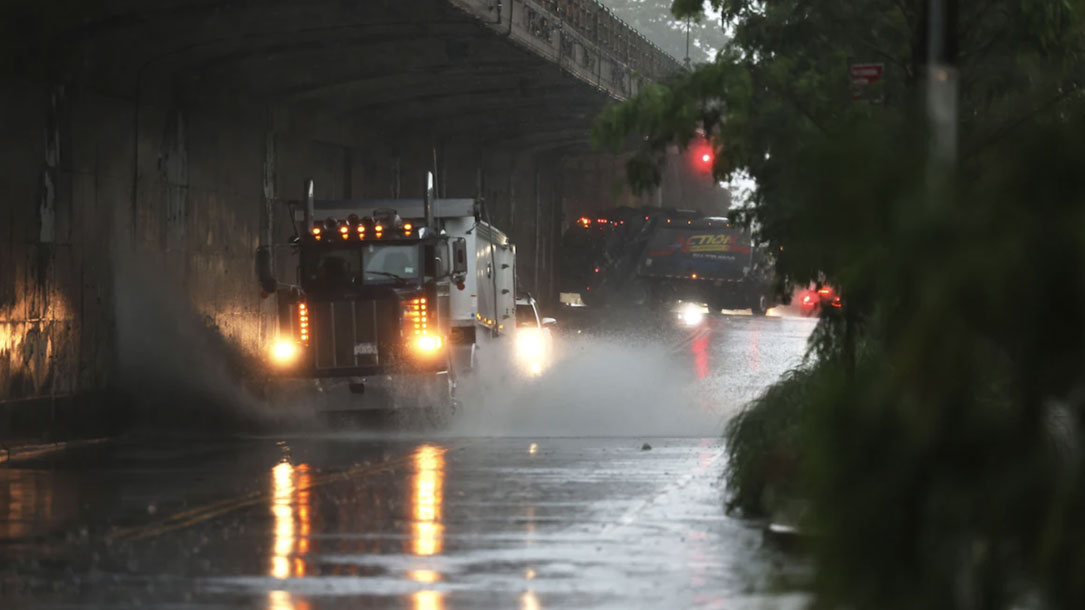
Excessively wet year in eastern U.S. shows fingerprints of climate change
Five tropical storms and a summer of frequent thunderstorm activity have propelled parts of the eastern United States to one of its wettest calendar years on record.
Through November, 25 of 344 climate regions nationwide reported precipitation that exceeded 90 percent of years since 1895. All but two of these top-10 percent-rainfall regions were east of the Mississippi River, spread from Louisiana to Massachusetts and Illinois to Florida.

Annual 2021 Drought Report
Overall, when integrated across the nation and across the entire year, 2021 was a warm year with precipitation averaging near the middle of the historical distribution. The annual nationwide ranks were fourth warmest and 57th wettest (71st driest), based on data for 1895-2021. But this was a year of extremes as considerable variation occurred throughout the year and across the country. The year was unusually wet from the Gulf of Mexico coast to the eastern Great Lakes and southern portions of New England, where Massachusetts had the ninth wettest year on record and three other states ranked in the top twenty wettest category.












